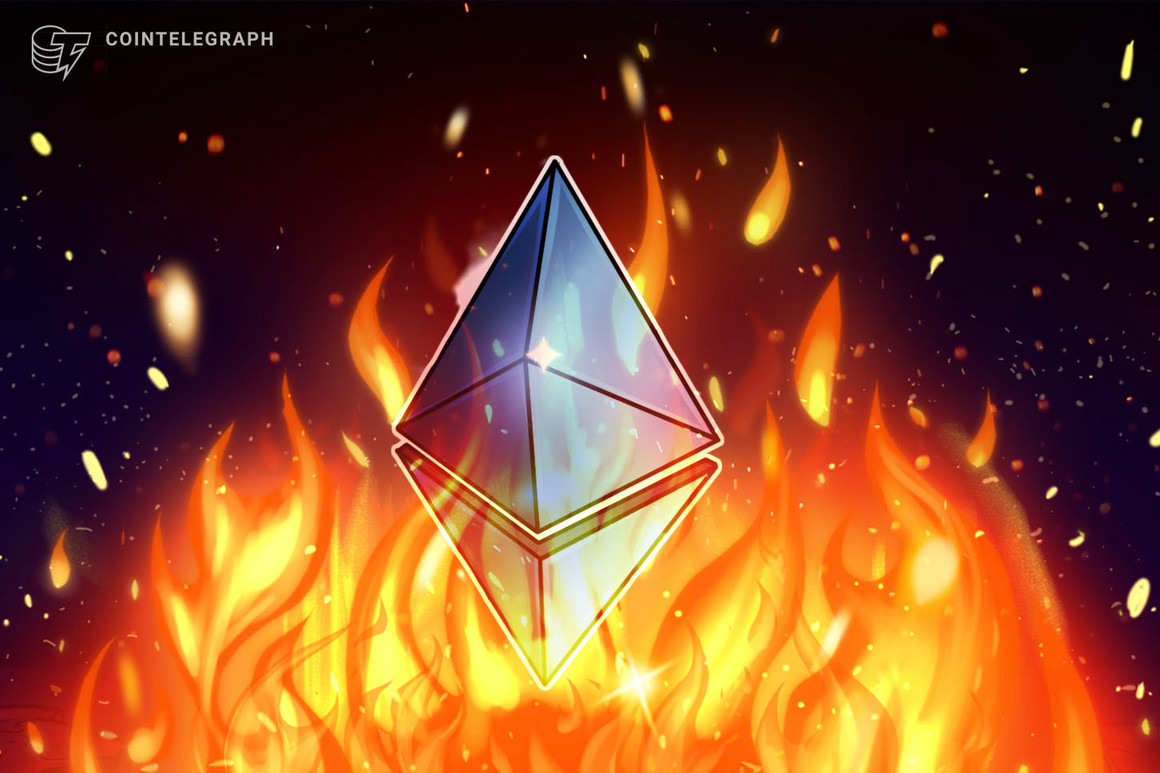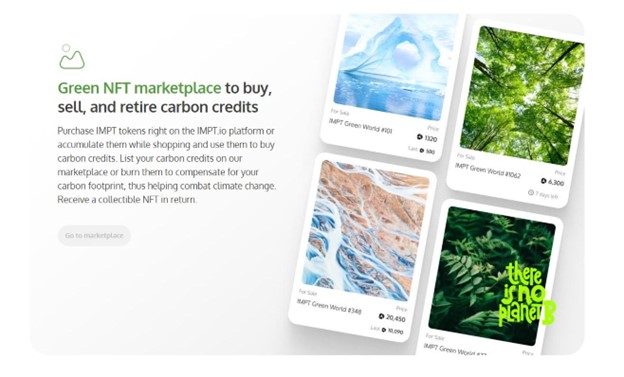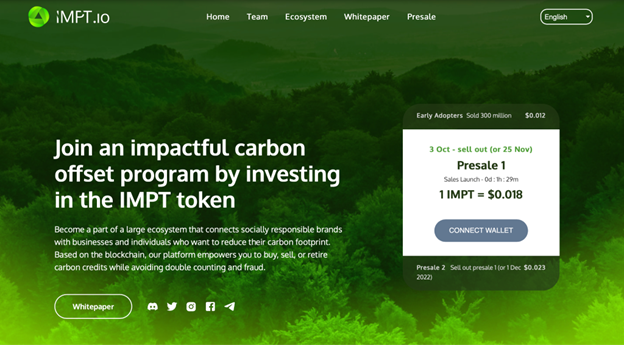The metaverse was one of the most discussed concepts in 2021, this new ecosystem has made it possible for human beings to live and interact in a virtual world. At its core, it is supported by emerging technologies, including blockchain and virtual reality (VR). Though still in the early stages, this niche is fast gaining traction within the crypto community and other sectors such as gaming and the art industry.
Last year marked the debut of various metaverse platforms such as Decentraland and The Sandbox, both of which are built on the Ethereum blockchain. With barely a year in existence, virtual land parcels on these platforms have skyrocketed; the latest highlight is a $362,221 sale for a 52 square feet land parcel on Decentraland. Going by the trends, it seems more investors from various industries are gradually realizing the potential of existing in a metaverse.
American media personality and businesswoman Paris Hilton is among the celebrities that have already invested in their own metaverse. Hilton recently launched a virtual island dubbed Paris World where fans can get a digital experience of her Beverly Hills estate. Additionally, Paris World features a virtual stroll boardwalk that draws inspiration from Hilton’s carnival wedding held in Monica Pier, California back in November 2021.
According to Hilton, the metaverse presents a perfect opportunity to share her globe-trotting experiences with fans, giving them an opportunity to explore the world virtually,
“Not everybody gets to experience that, so that’s what we’ve been working together on over the past year — giving them all my inspirations of what I want in that world.”
The Era of the Metaverse
More innovations are coming up within the metaverse niche compared to other ecosystems in the crypto market. Some of the notable mentions include SPACE, a virtual world that enables stakeholders to define who they want to be. One can also meet individuals from across the globe and build their careers within a stunning realistic 3D world.
Given the value proposition of the Space metaverse ecosystem, it is not surprising that the project raised $7 million in a recently concluded funding round. Prominent VCs who contributed include Dapper Labs, Coinfund, Digital Currency Group, Hof Capital and Animoca brands. With so much in store, Space’s Founder Batis Samadian is optimistic about building the metaverse ‘Shopify’ to cater for the growing market,
“As the metaverse continues to gain mass adoption and becomes a place where a lot of people meet up to socialize, a natural evolution is commerce, which is what Space is focused on. Users will want to be able to view shows, buy items, sell items, and engage with digital goods within the metaverse.”
Another metaverse project that is getting significant traction is PlayMining, a play-to-earn ecosystem designed to protect the work of creators globally. This NFT-focused innovation first debuted as a gamified platform, rewarding creators for their work. They are now scaling their product suite to feature an upcoming metaverse world, the PlayMining Verse.
Per the latest update, PlayMining Verse will connect creators directly to their fans. The idea is quite straightforward; creators on PlayMining Verse will be able to design ‘Creator Nations’ where fans can become citizens by acquiring ‘Land NFTs’. Even better, these Land NFTs can be used as profile pictures to express diverse world views within the PlayMining metaverse world.
Looking Into the Horizon
As we begin the year, it is pretty obvious that the metaverse will continue to grow and attract more participants. One of the projects to look out for is Bit.Country, a community-driven virtual world that enables users to create personalized metaverse worlds. The Bit.Country metaverse is built on the substrate infrastructure and features various functionalities, including an Ethereum compatible layer, cross-chain compatibility and native governance token, NUUM.
Unlike most of the existing metaverse projects, Bit.Country has gone the extra mile to introduce an ecosystem where both non-technical users and developers can launch virtual worlds with added functionalities. Building slots on Bit.Country will be allocated through the platform’s Continuum spot auction, facilitated by a voting mechanism (good neighborhood protocol). Another consideration factor is the on-chain logic depending on the number of bit countries.
So far, Bit.Country has already launched Kaosland as one of the pioneer metaverse ecosystems on the Metaverse.Network platform which is live on Kusama. The project also won slot 14 of the Kusama parachain auctions, raising $100 million worth of Kusama (KSM) tokens from over 25,634 contributors. Looking into the future, Bit.Country’s metaverse will not only consist of personalized virtual ecosystems but also feature a Dapp Game ecosystem.
Wrap Up
While the metaverse may still be a foreign concept to many, it has a massive potential of changing the world’s view in terms of experiences. As mentioned earlier, this nascent niche is playing a fundamental part in exposing users to some experiences that would have been otherwise inaccessible in their real world.
Given the underlying potential, betting on the future of the metaverse will probably be one of the best gambles in this decade. No wonder even big brands like Adidas and billionaires such as Dallas Mavericks owner Mark Cuban have already joined the bandwagon. 2022 is likely the year when the metaverse goes global, accommodating both individuals and corporations.
Image Source:DepositPhotos











